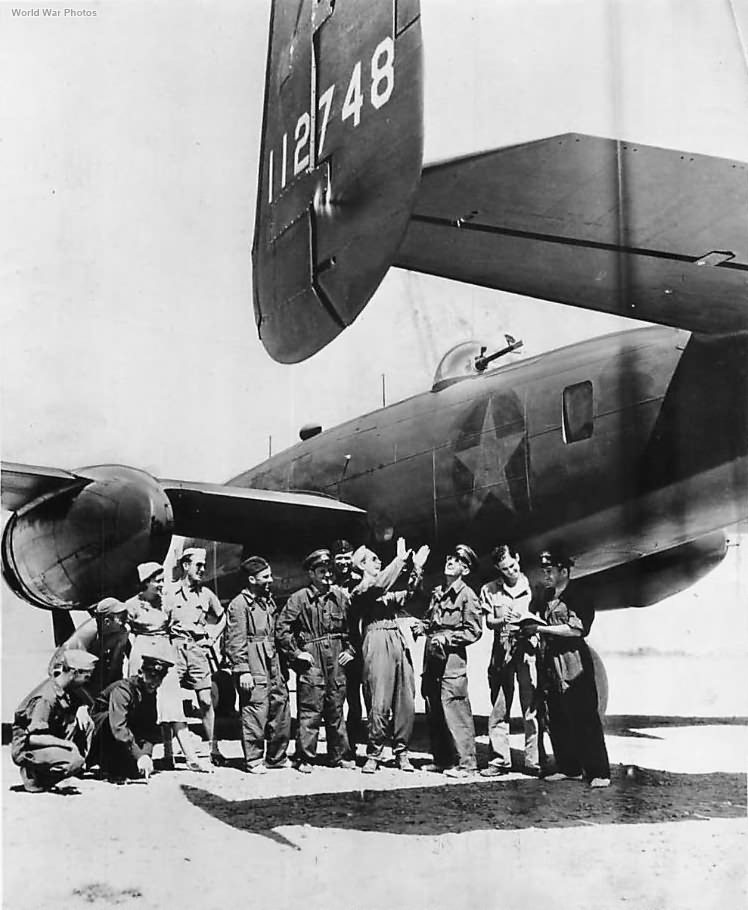The B-25B Mitchell bomber, while not extensively used in frontline service by the USAAF beyond early antisubmarine patrols and the famous Doolittle Raid on Tokyo, became notably significant when one of these aircraft became the first to be acquired by the Soviet Union. The handover process, however, was not straightforward and involved considerable diplomatic maneuvering, especially under the strained conditions of World War II.
The Soviet Encounter with the B-25B
In the spring of 1942, during an exchange of goodwill between the United States and the Soviet Union, Captain Ted Lawson—later a participant in the Doolittle Raid—found himself lending his B-25B to a visiting Russian general at Bolling Field, Washington. The general, an exceptional pilot, performed daring aerobatics over Washington, impressing the American crew. This early interaction underscored the Soviet interest in the B-25, an enthusiasm later reflected in the aircraft’s usage in VVS (Soviet Air Force) operations.
The Lend-Lease and ALSIB Route
Despite Stalin’s initial reluctance, the United States sought to deliver military aid to the Soviet Union under the Lend-Lease Act, which included aircraft such as the B-25. To facilitate this, the Alaska-Siberia (ALSIB) ferry route was established. This program allowed American aircraft to be flown to Ladd Field in Alaska, where they were then handed over to Soviet crews who would ferry them across Siberia to the Eastern Front.
On September 24, 1942, the first group of Soviet crews arrived at Ladd Field. They were well-prepared, requiring only brief cockpit checks and practice landings before flying their new American aircraft – comprising B-25s, A-20s, P-40s, and C-47s – back to the Soviet Union. Over the course of the war, hundreds of B-25s were delivered via this route, with figures ranging from 732 to as high as 862, depending on the source. This number made the B-25 the second most delivered bomber to the Soviet Union via the ALSIB route, after the A-20.
Challenges and Operations Along the ALSIB Route
The ALSIB route, while effective, was fraught with challenges. The harsh weather conditions of Alaska and Siberia often led to accidents. Initially, there was a lack of an efficient search-and-rescue organization, but this was rectified in January 1944. Despite this, some aircraft, including B-25s, disappeared without a trace in the Alaskan wilderness. For instance, a B-25 from the Cold Weather Testing Detachment went missing in February 1944 en route to Ladd Field, and it was never found. Similarly, another B-25, flown by Major Peter Zotov of the VVS, crashed east of Nome, resulting in the deaths of three crew members.
The operation was further complicated by technical issues, such as the carburetor malfunctions that led the Soviet Union to temporarily refuse delivery of nearly half the B-25J models in October 1944 until repairs were made.
Soviet Pilots and Their American Counterparts
The Soviet pilots who came to collect the aircraft were seasoned combat veterans, accustomed to the brutal conditions on the Eastern Front. Their flying style, which often involved aggressive maneuvers right after takeoff, concerned their American counterparts, who viewed such actions as reckless. However, these actions were seen by the Soviets as routine, given the high-stakes environment of wartime operations. Notably, as the war progressed and Soviet successes on the battlefield increased, there was a marked shift in attitude; Soviet pilots became less inclined to fly in poor weather, reflecting perhaps a growing confidence or a sense of caution as victory seemed more assured.
